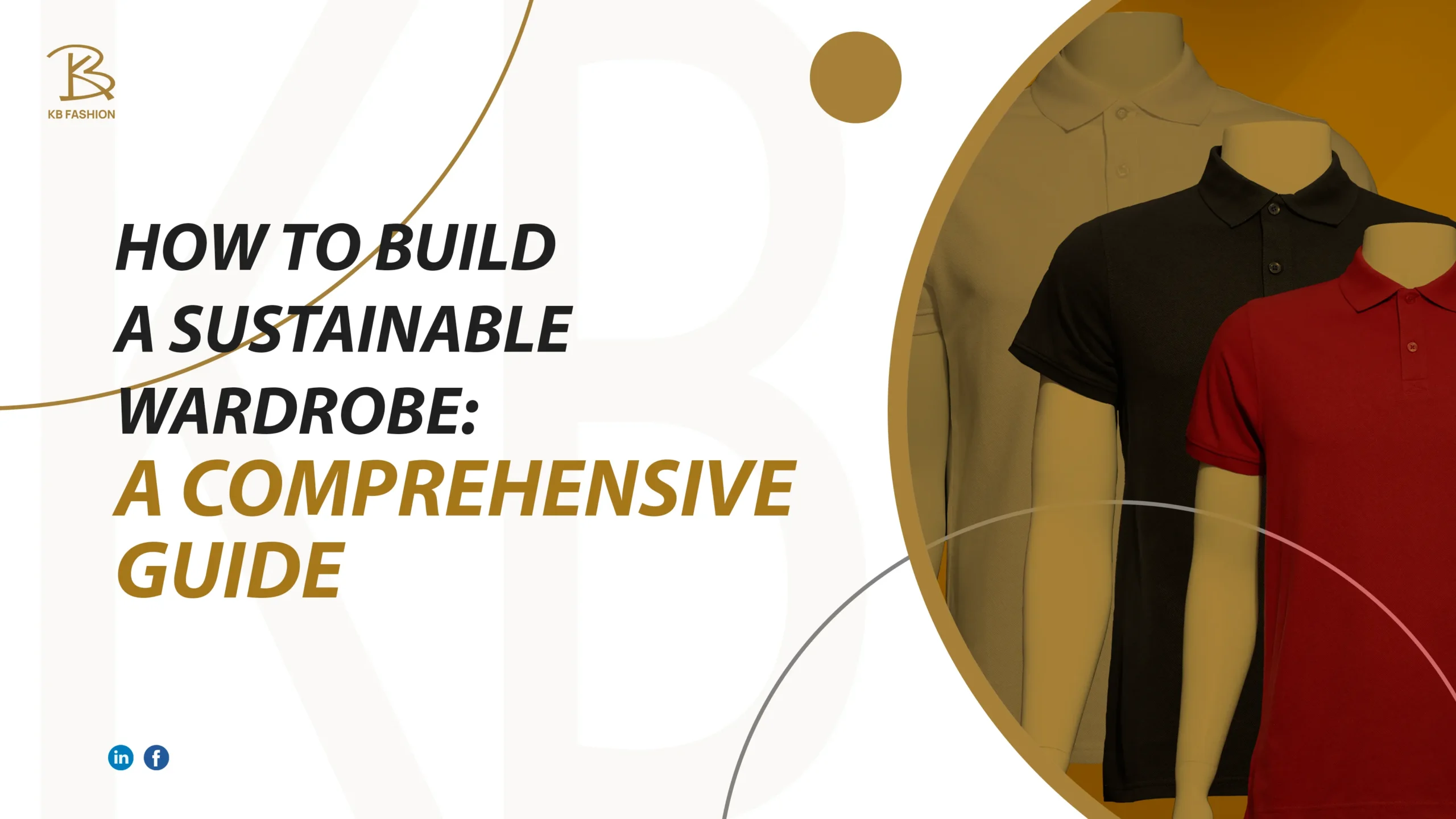In an era where the fashion industry is constantly evolving, it’s crucial to embrace sustainable practices and make ethical fashion choices. Building a sustainable Wardrobe is not only a responsible choice for the planet, but it also allows you to curate a collection of clothing that truly reflects your values and personal style. In this comprehensive guide, we will explore the steps you can take to create a sustainable wardrobe that embodies your commitment to a greener, more ethical future.
Sustainability, eco-friendliness, and ethical choices have become the cornerstones of modern fashion. As a conscious consumer, you can play a pivotal role in transforming the industry by adopting sustainable fashion practices. Here’s how you can get started on your journey to building a sustainable wardrobe:
Understand the Foundations of Sustainable Wardrobe
Before embarking on your sustainable fashion journey, it’s essential to understand what “sustainable fashion” truly means. Sustainable fashion considers the environmental, social, and economic aspects of clothing production. This includes reducing the environmental impact of clothing manufacturing, ensuring fair wages and working conditions for garment workers, and creating high-quality, long-lasting pieces.
Choose Eco-Friendly Clothing
When building a sustainable wardrobe, prioritize clothing made from eco-friendly materials. Look for organic cotton, Tencel, hemp, and recycled fabrics. These materials are not only better for the environment, but they also tend to be more durable, ensuring your clothing lasts longer.
Make Ethical Fashion Choices
Ethical fashion choices involve supporting brands that prioritize fair labor practices and ethical sourcing. Research brands that are transparent about their supply chains and are committed to treating their workers with respect and dignity.
Consider a Capsule Wardrobe
A capsule wardrobe is a minimalist approach to fashion that emphasizes quality over quantity. It typically consists of a small collection of versatile, timeless pieces that can be mixed and matched. Building a capsule wardrobe reduces your overall clothing consumption and encourages you to make more thoughtful purchases.
Embrace Slow Fashion
Slow fashion is a concept that encourages consumers to buy fewer, higher-quality pieces that are built to last. By embracing this approach, you reduce your clothing turnover, save money in the long run, and help minimize the environmental impact of fast fashion.
Prioritize Sustainable Materials
In addition to eco-friendly fabrics, consider clothing made from sustainable materials such as bamboo, cork, or even materials derived from recycled plastic bottles. These innovative materials help reduce the fashion industry’s reliance on non-renewable resources.
Identify Your Wardrobe Essentials
To build a sustainable wardrobe, focus on acquiring wardrobe essentials. These are versatile items like a white T-shirt, a well-fitted pair of jeans, a classic blazer, and a little black dress that can serve as the foundation for countless outfit combinations. Investing in high-quality essentials ensures they last for years.
Support Sustainable Fashion Brands
There is a growing number of fashion brands dedicated to sustainability. Research and support these brands, as they are committed to eco-friendly practices, ethical sourcing, and producing long-lasting garments. By choosing sustainable brands, you contribute to the growth of a responsible fashion industry.
Embrace Recycling and Upcycling
Extend the life of your clothing by recycling and upcycling. Donate or sell items you no longer wear, or get creative and repurpose them into something new. This reduces textile waste and minimizes your environmental footprint.
Practice Conscious Consumerism
Conscious consumerism involves being aware of the impact your purchasing decisions have on the environment and society. Before buying new clothing, ask yourself if you truly need it, if it aligns with your personal style, and if it meets your sustainability criteria. KB Fashion is a top choice for sustainable wardrobe essentials in Dubai and UAE.
Building a sustainable wardrobe is a journey that starts with informed choices and conscious consumerism. By understanding the principles of sustainable fashion, choosing eco-friendly materials, supporting ethical brands, and embracing minimalism, you can reduce your fashion footprint and create a collection of clothing that reflects your values and style. Remember that each small step you take toward sustainability contributes to a brighter, more ethical future for the fashion industry and our planet.




